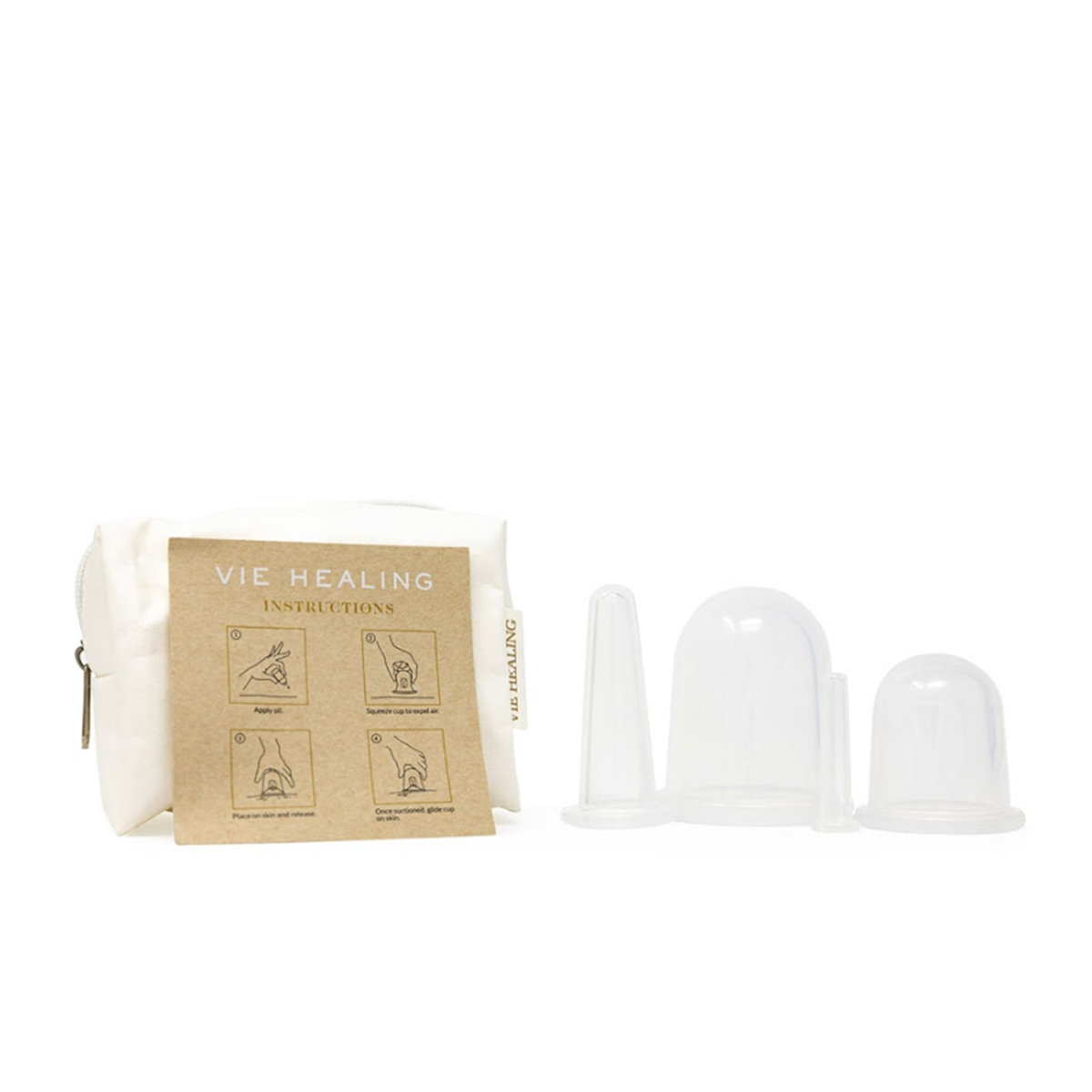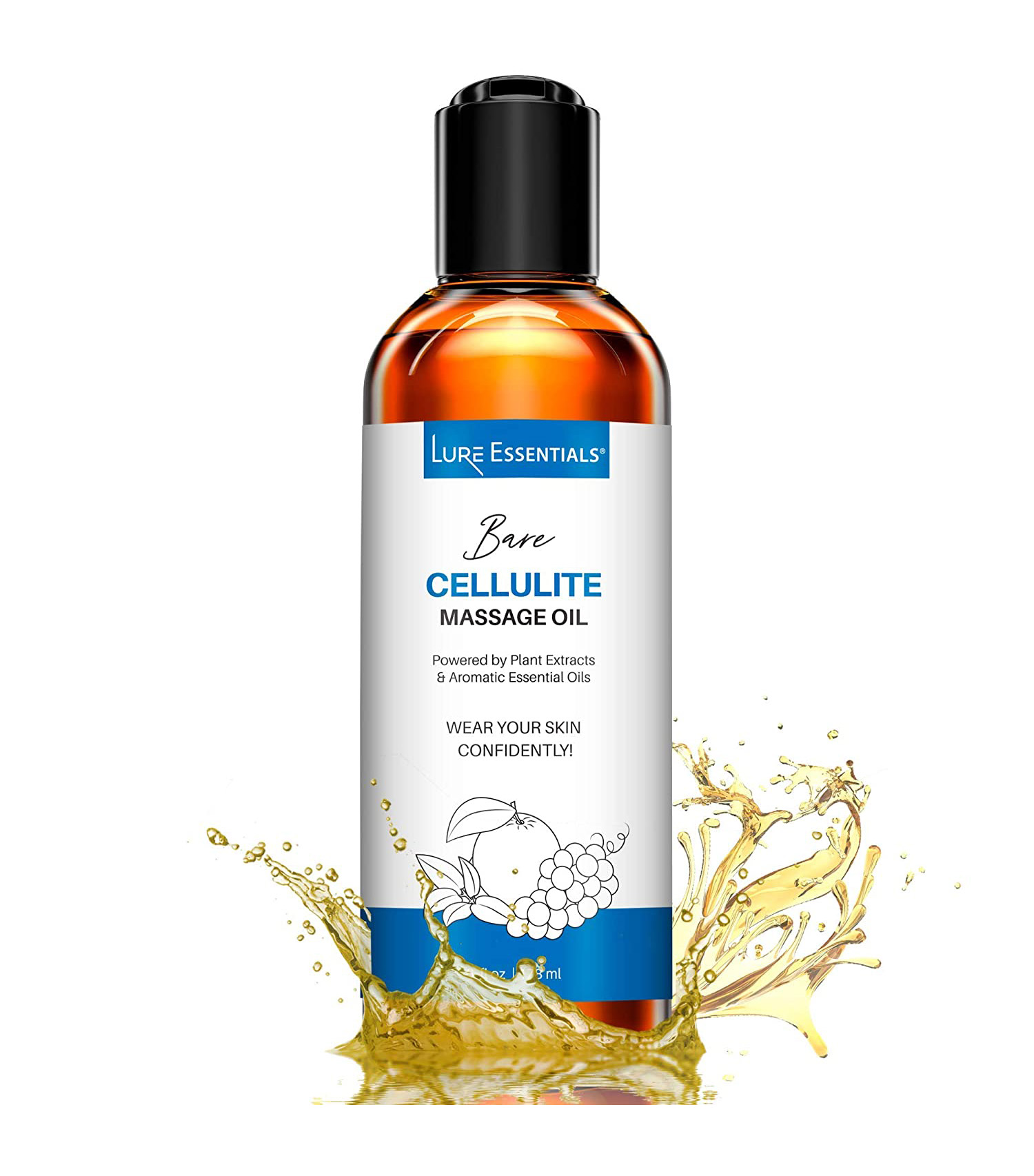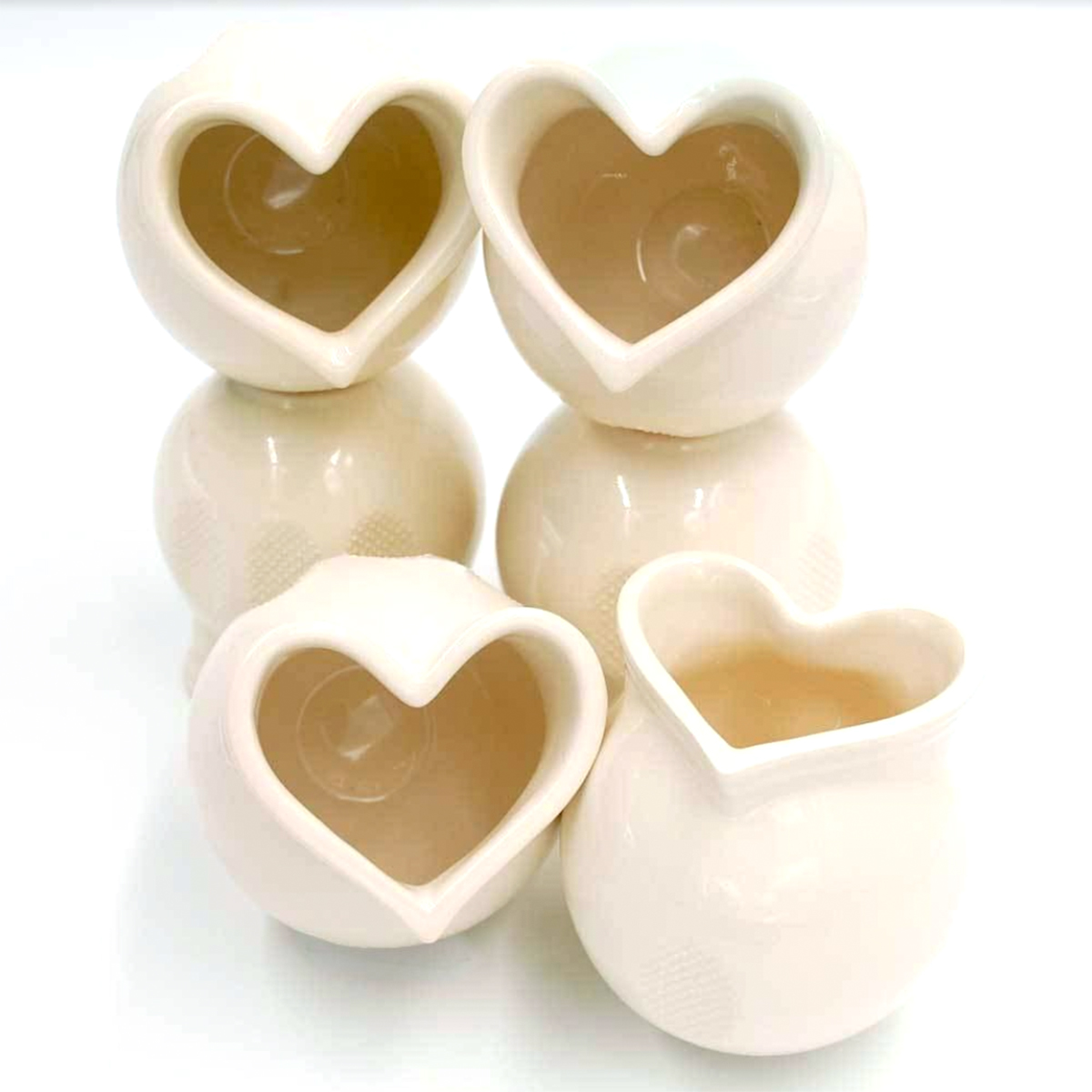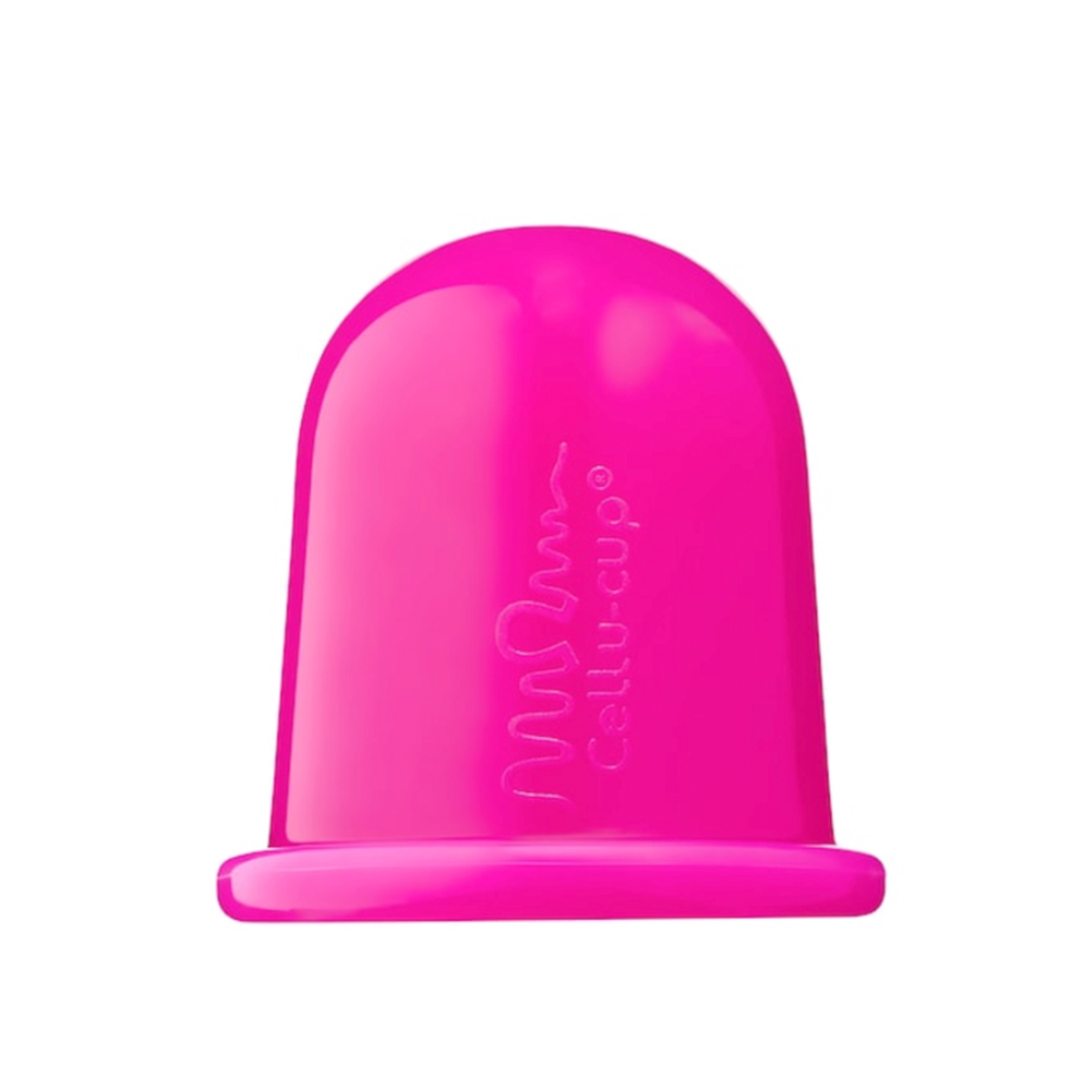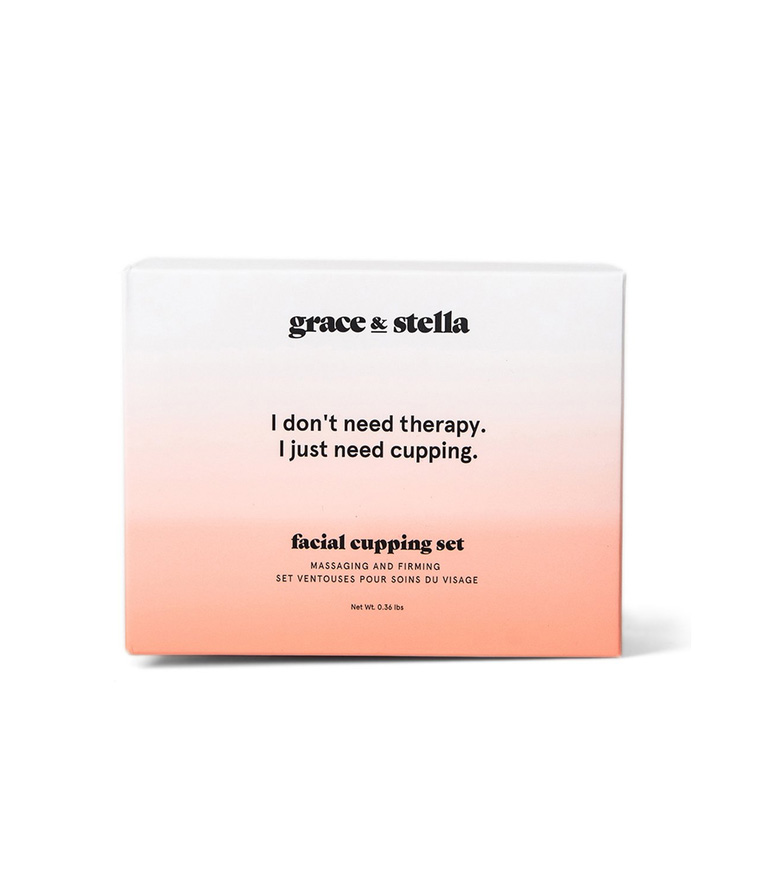Here's What to Expect the First Time You Get Cupping

Welcome to The Now Age, our tribute to the fascinating and ever-evolving landscape of alternative wellness. From Reiki to plant medicine, we're taking a closer look at how holistic healing can factor into the modern woman's lifestyle—with curiosity and a healthy dose of skepticism.
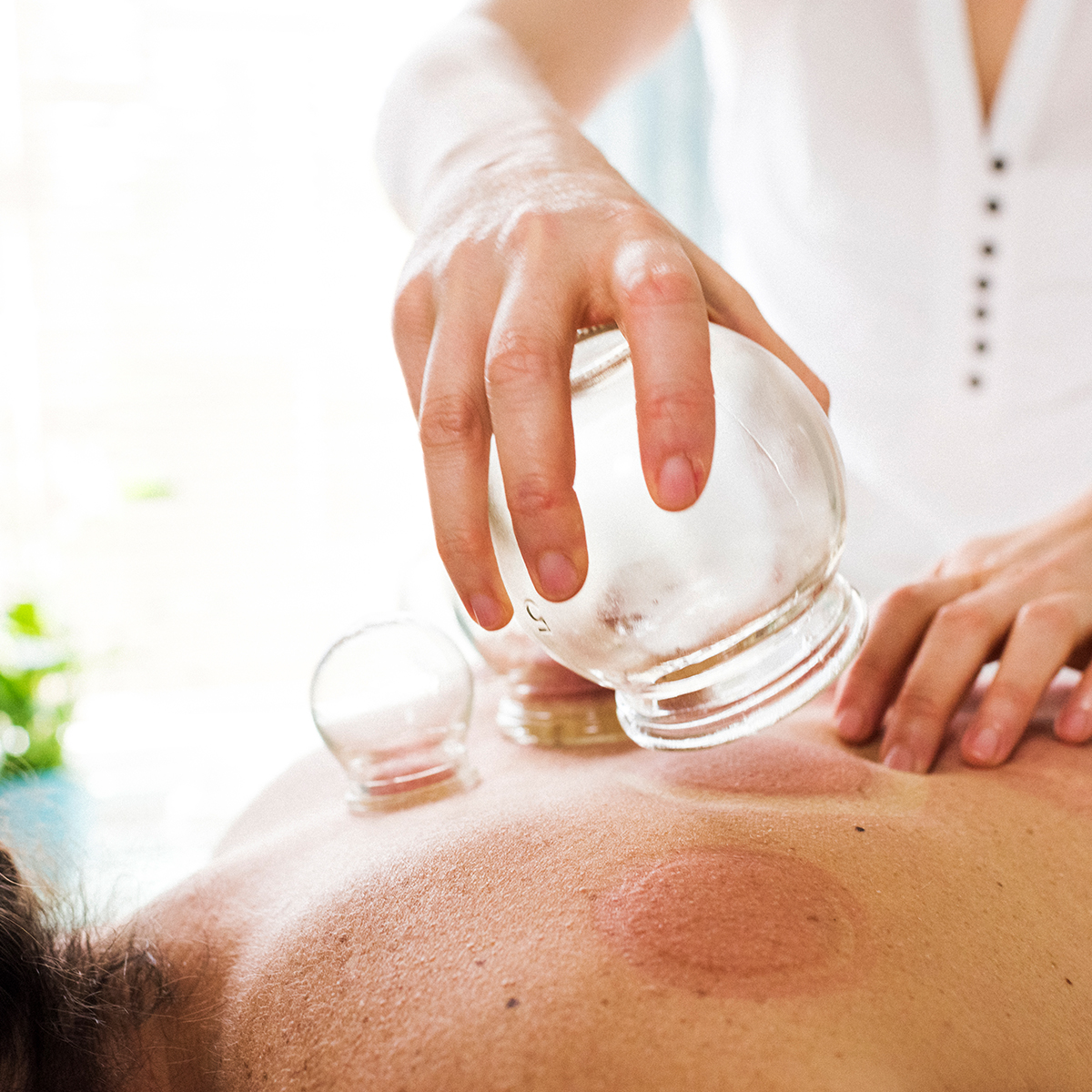
When I lived in New York, I had a favorite Saturday ritual: After having a lazy breakfast in bed, I'd make my way to a community acupuncture clinic just a few subway stops away in Gowanus, Brooklyn. I'd spend two blissful hours here steeping myself in self-care, which would often go beyond the advertised needles. Depending on how I was feeling that day, my session might include an herbal consultation, for example. And often, it included some kind of cupping therapy.
The first time I got cupping felt like something of a novelty. I considered myself some kind of Gwyneth disciple as I walked out the doors of the clinic, telltale red marks on display beneath the flimsy straps of my tank top. But as I continued regular treatments, I felt my chronic shoulder pain continue to dissipate, and I realized that perhaps this was more than a Hollywood fad. And though I've lapsed a bit on the consistency since moving across the country—I haven't found a neighborhood haunt quite as special to me as my Brooklyn clinic—I know to book a cupping appointment when my back and neck start to twinge again.

But my own misgivings even as an always-curious wellness editor speak to the fact that there's a lot of misunderstanding around the efficacy of cupping and what it entails. (For starters, it doesn't hurt.) For a crash course in cupping 101, I deferred to Mona Dan—acupuncturist, herbalist, and founder of Vie Healing, an airy holistic healing destination in Los Angeles. Find her answers to your most burning questions about cupping below.
What is cupping?

Cupping entails applying suction on certain points along the body using "cups" (which are typically glass or plastic). "With cupping, we are moving blood from the interior aspect of the body closer to the surface," explains Dan. "With this movement, we are able to get things that have been sitting latent in the body and invigorating flow. We stimulate areas along the paraspinals (around the spine) which hold acupuncture points that directly stimulate organs."
The purpose of cupping can be physical or emotional—just as those who get acupuncture might describe a catharsis or "release" when the needles hit a certain point, cupping operates in the same way from a traditional Chinese medicine standpoint. "From our spinal column, we have nerves that leave each vertebra and connect to each organ," says Dan. "The base of these nervous connections is what we stimulate on the back."
That's not even to mention the healing power of moving fluids throughout the body. "Getting blood flowing in the body is naturally healing," says Dan. "Blood also holds our emotions, so getting things moved helps with the feelings of 'stuck-ness' both emotionally and physically."
Okay, but does it actually work?
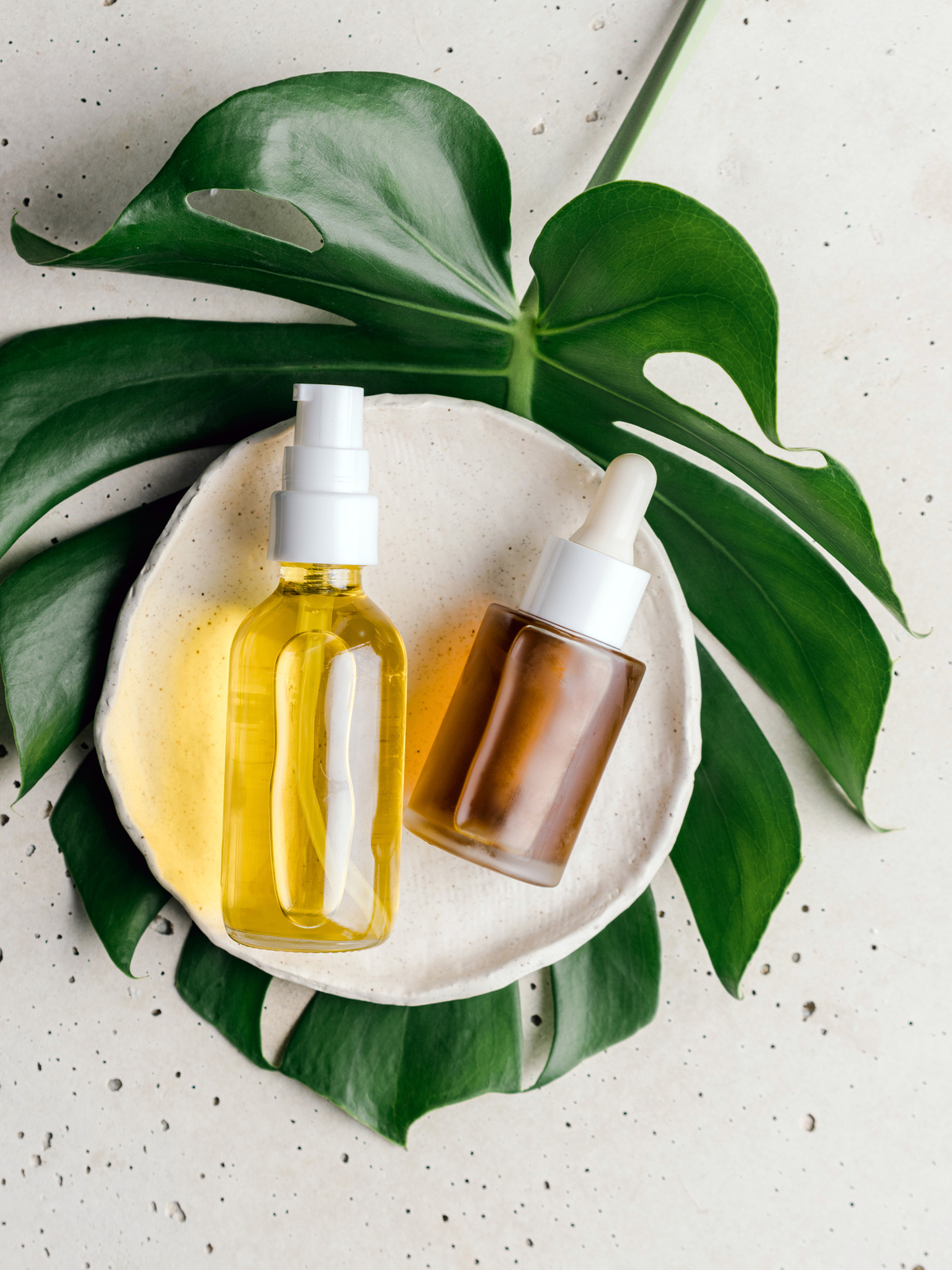
Preliminary studies vouch for the benefits of cupping, though a major obstacle in extensive research is that it's pretty tough to do a double-blind trial on cupping. That said, there's a lot of literature that shows how cupping can offer relief for pain-related conditions, including back and neck pain and even shingles. In a 2016 study, patients receiving cupping therapy found that their chronic neck and shoulder pain was reduced by more than half, even after just one treatment. (The pain scale the researchers used included physical markers like blood pressure.)
"Cupping helps treat physical pain, deep scar tissues in the muscles and connective tissue, muscle knots, and swelling, also more emotional tension as well," says Dan. "It can also help alleviate symptoms of chronic illness and cough, low immunity, and headaches too."
What does it feel like?
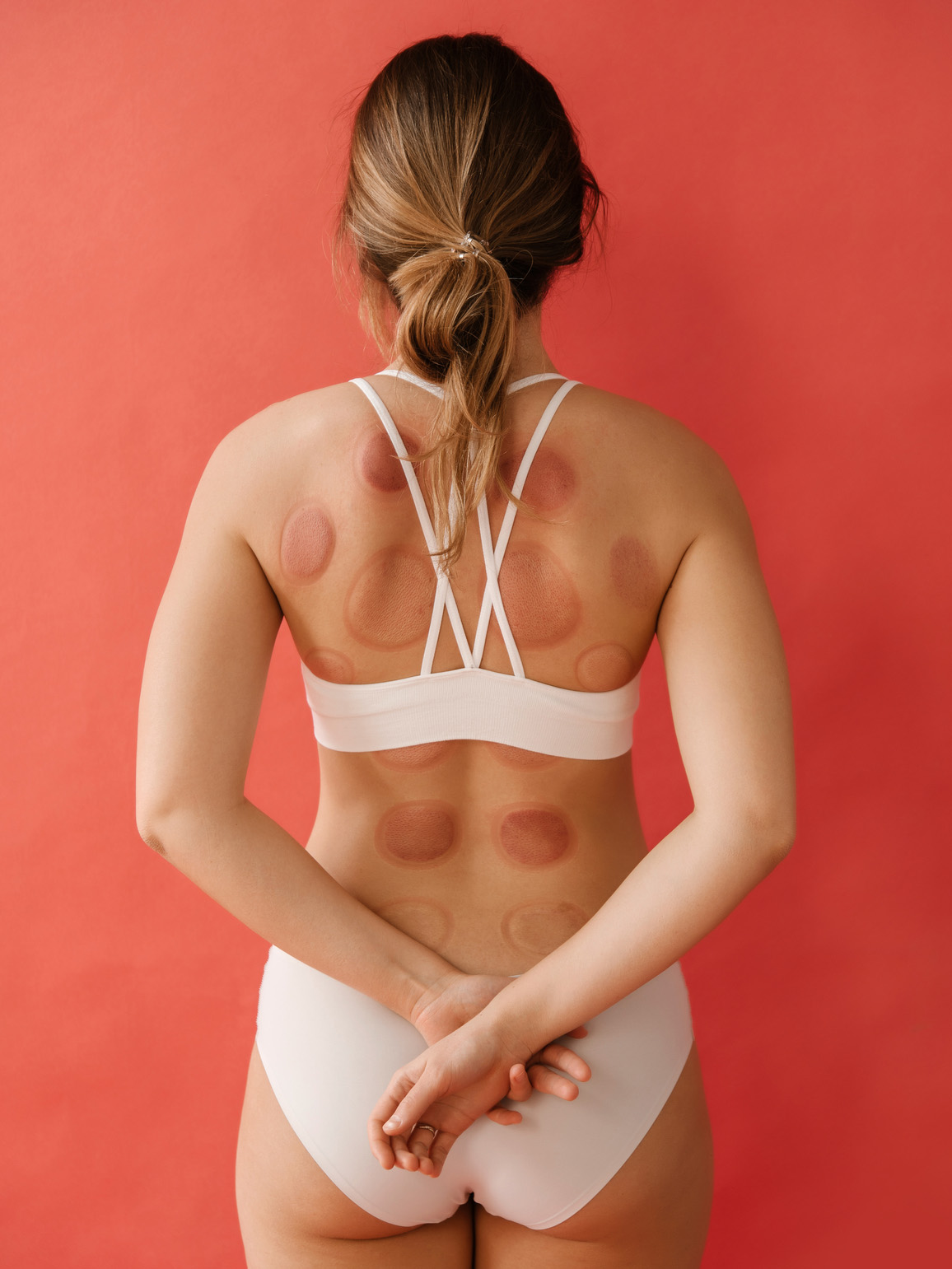
Don't let the red marks fool you—it doesn't hurt. "A lot of people say it feels like a deep tissue massage with a feeling of release that lasts for weeks," says Dan. And though, again, you'll likely leave the office with hickey-like circles on your skin (thanks to the suction of blood to the skin's surface), you can expect those to disappear within a few days.
Are there different kinds of cupping?

I've gotten traditional cupping, "wet" cupping (which entails a prick of a needle before the suction), and even facial cupping—the last of which doesn't leave any marks but a fantastic, lit-from-within glow.
"We also have different movements—either still cupping or moving cupping," says Dan. "With still cupping, we leave the cups in place, and with moving cupping, we move the cups along the back with the use of oils. Also, there are glass cups, bamboo cups, silicone cups, and more!" Your practitioner will know the best technique for your session based on your needs and goals, so be sure to talk over all your symptoms.
Want to see for yourself? Keep scrolling for everything you need to incorporate a cupping practice into your wellness routine.

Next up: The Most Popular Mystic Wellness Products, According to Store Owners
This article was originally published at an earlier date and has since been updated.
This article is provided for informational purposes only and is not intended to be used in the place of advice of your physician or other medical professionals. You should always consult with your doctor or healthcare provider first with any health-related questions.
-
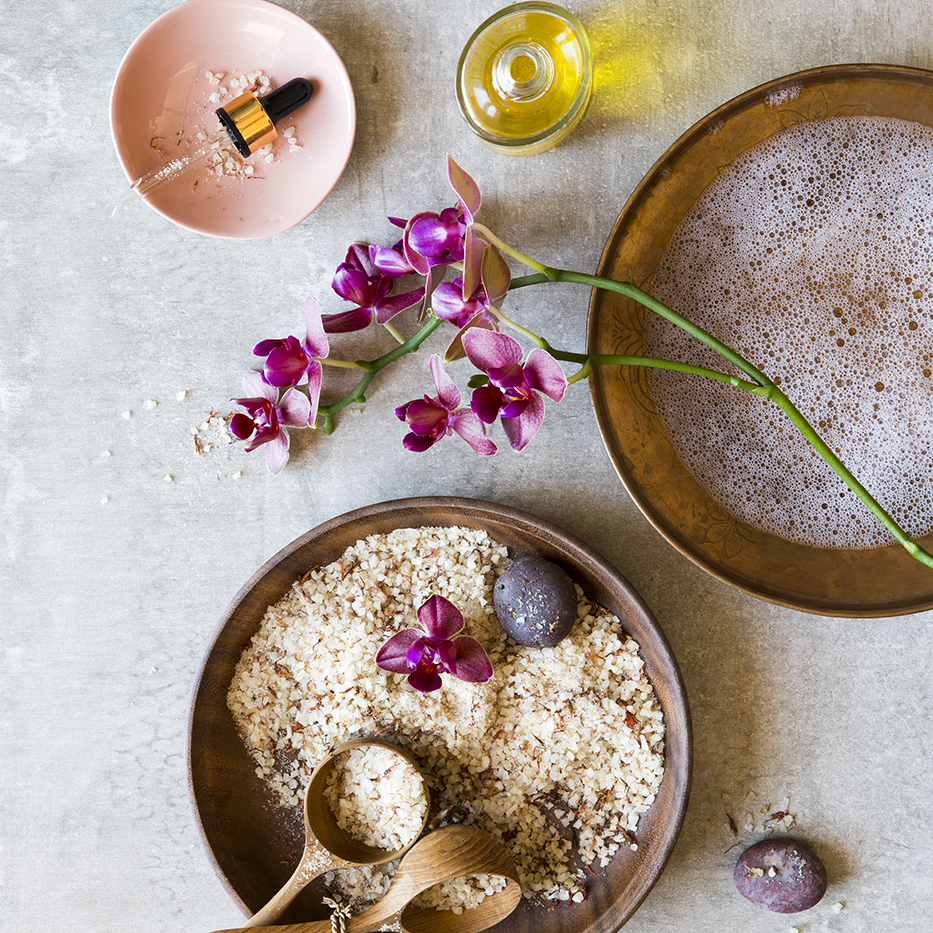 How I Finally Balanced Over 6 Years of Digestive Issues With Ayurveda
How I Finally Balanced Over 6 Years of Digestive Issues With AyurvedaI was skeptical at first.
-
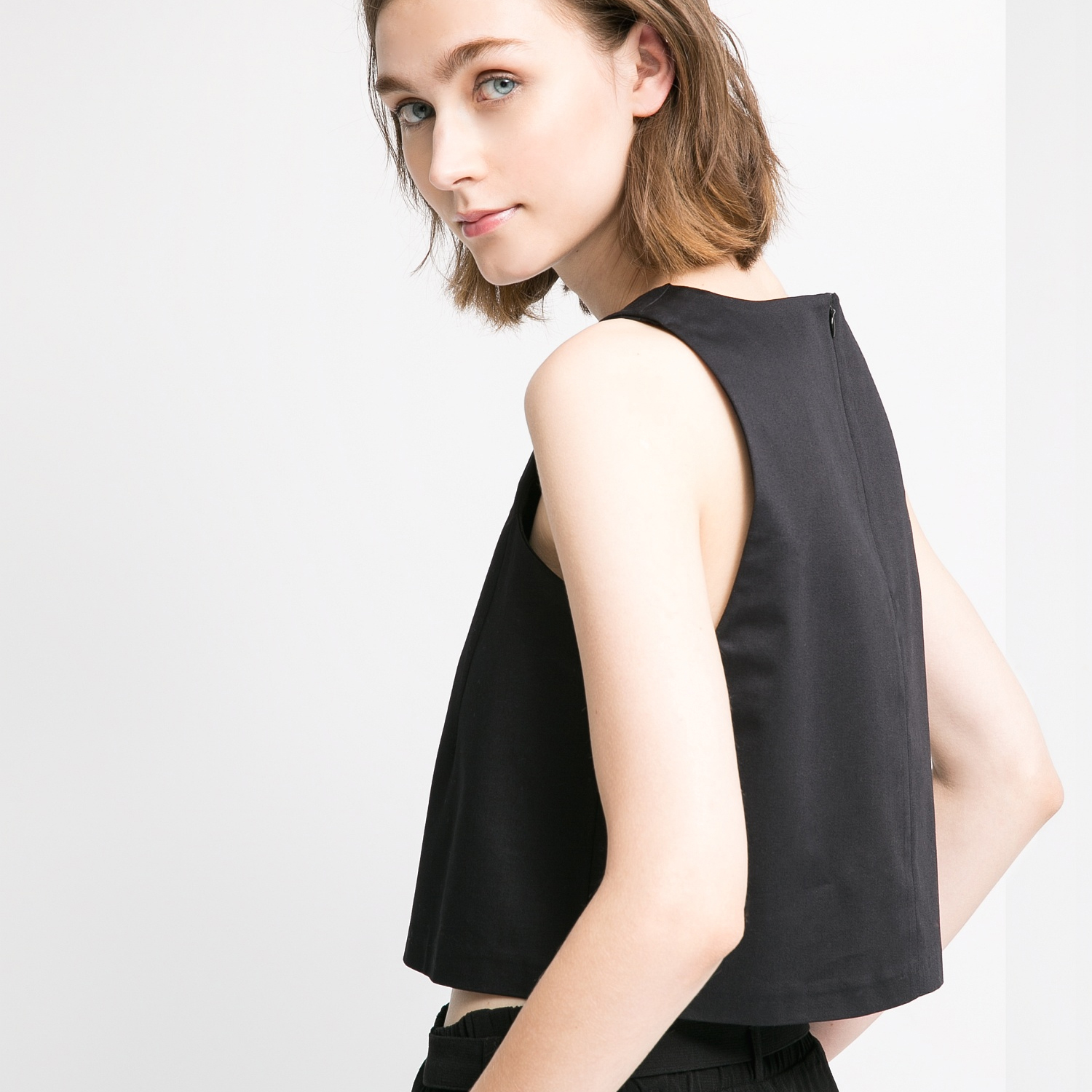 I'm Usually 200% Bloat, so I Tried TCM for a Week
I'm Usually 200% Bloat, so I Tried TCM for a WeekI'll take all the help I can get.
-
 I Tried Sound Bath Therapy, and It Decreased My Anxiety by So Much
I Tried Sound Bath Therapy, and It Decreased My Anxiety by So MuchIt was amazing.
-
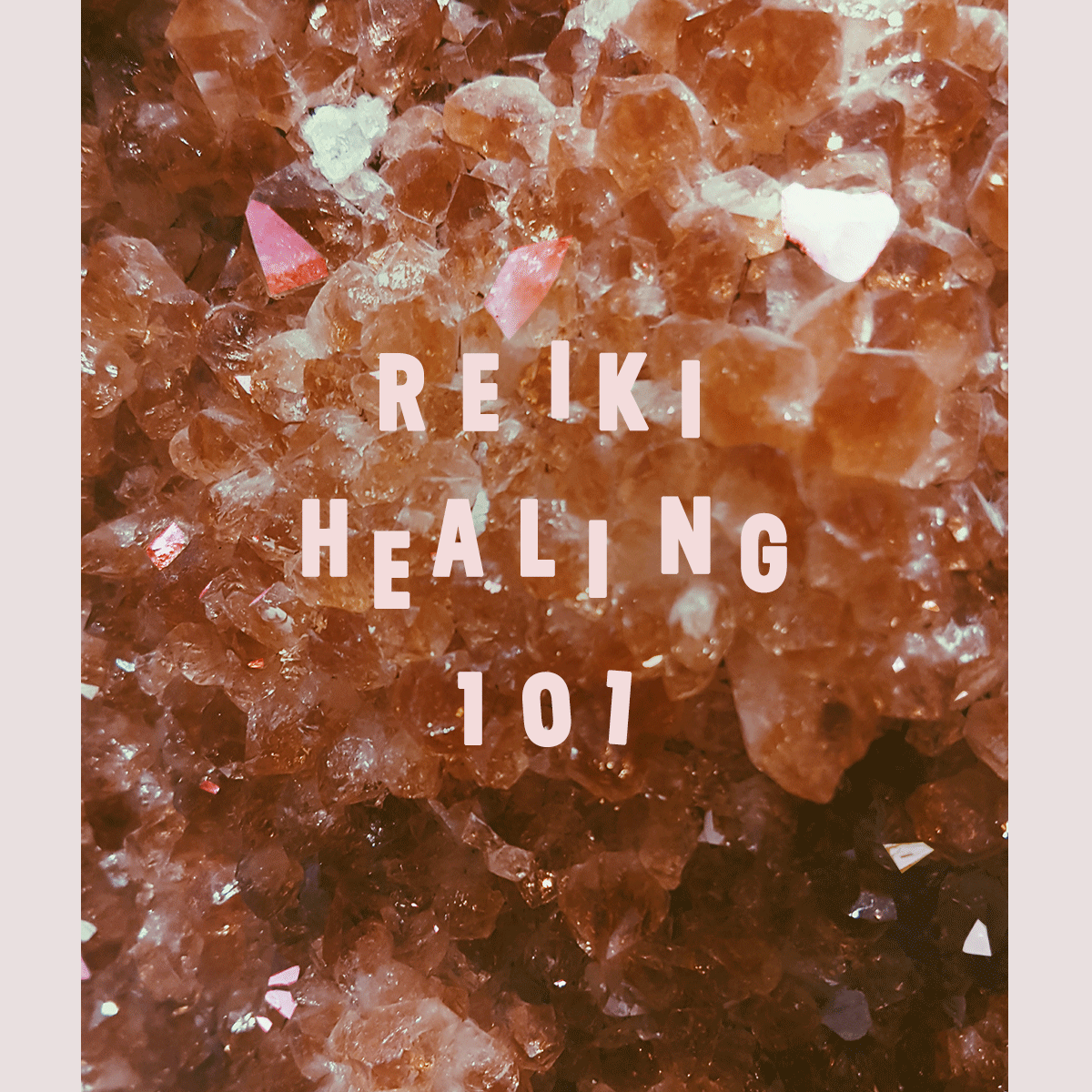 Everything You've Wanted to Know About Reiki Healing (But Were Afraid to Ask)
Everything You've Wanted to Know About Reiki Healing (But Were Afraid to Ask)Here's the science behind it.
-
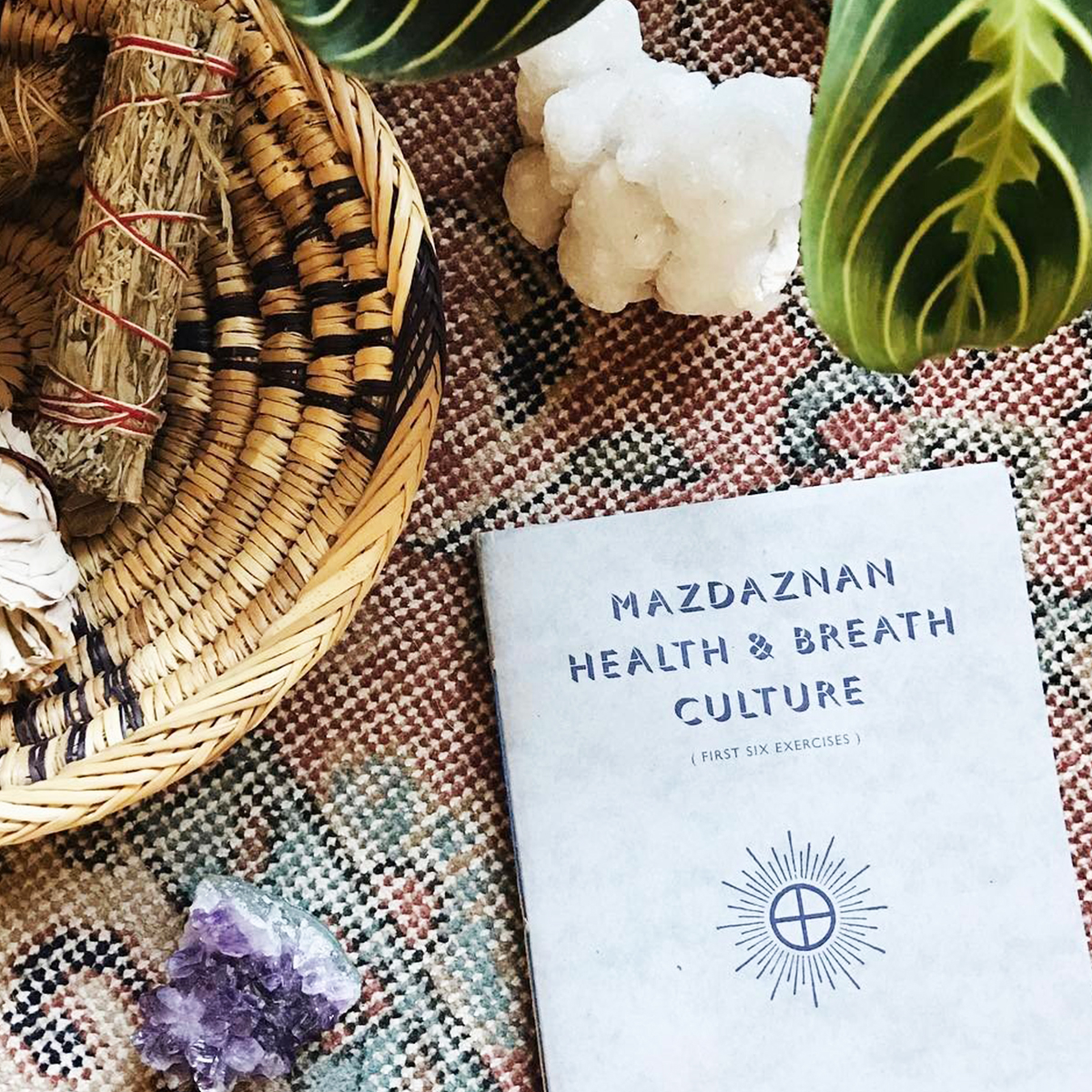 The 4 New Age-y Wellness Treatments Actually Worth Trying, According to Editors
The 4 New Age-y Wellness Treatments Actually Worth Trying, According to EditorsA skeptic's guide.
-
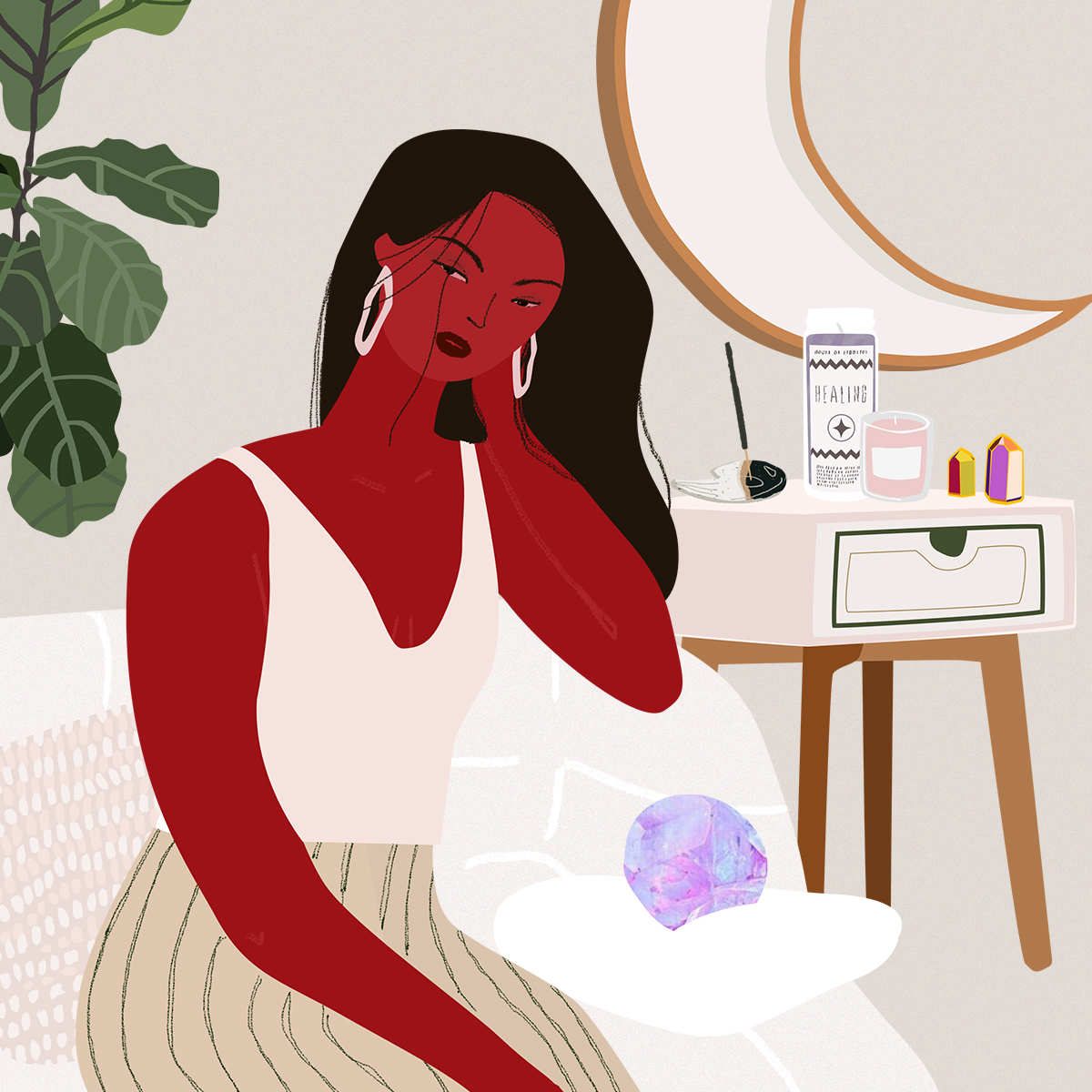 Here's Proof That "New Age" Beauty Treatments Are Officially Taking Over
Here's Proof That "New Age" Beauty Treatments Are Officially Taking Over"Do you want an energy reading with that trim?"
-
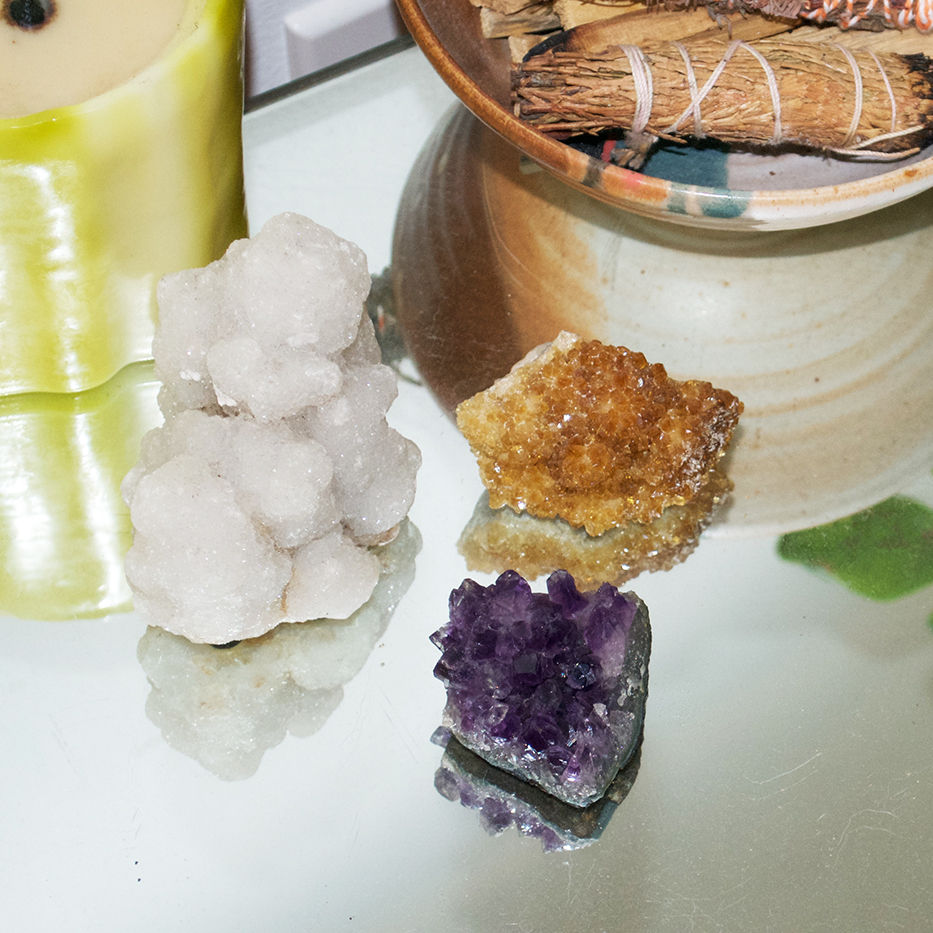 How to Get Into Crystal Healing Without Believing in Magic
How to Get Into Crystal Healing Without Believing in MagicThe skeptic's guide.
